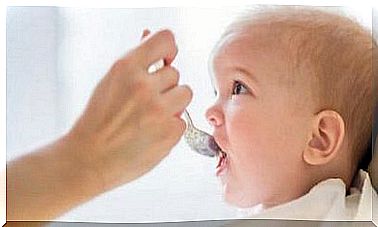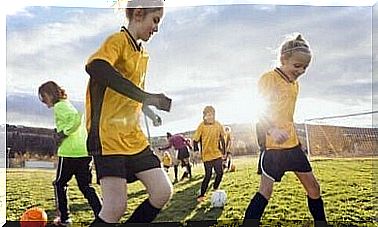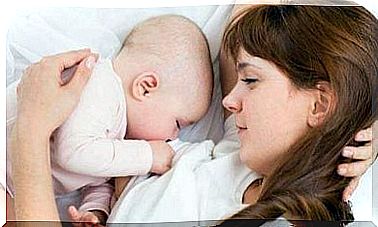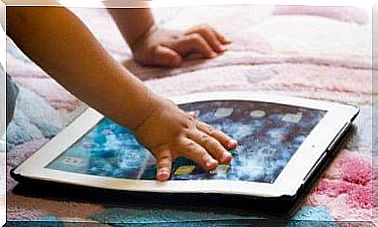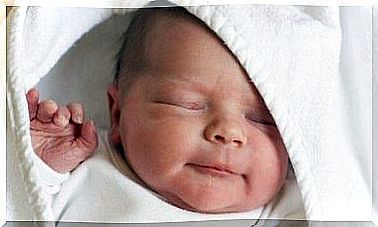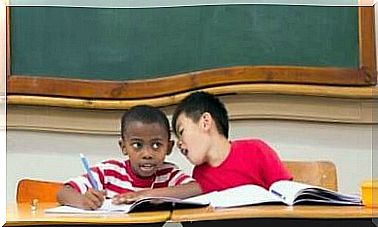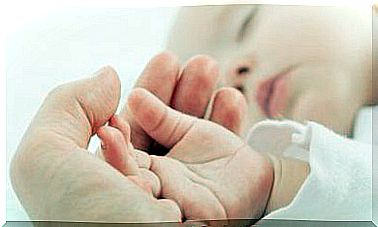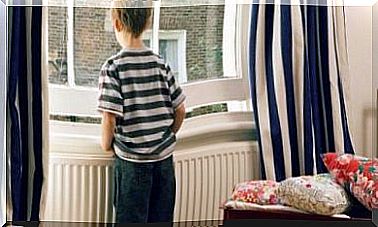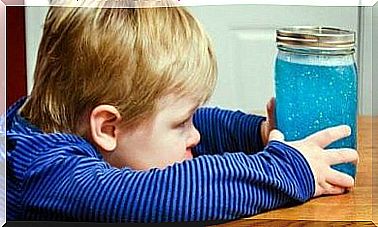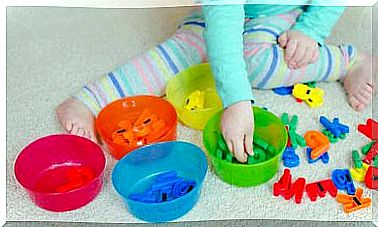Heuristic Play: Discovery And Exploration
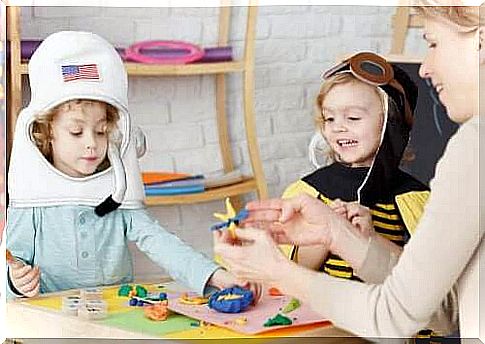
Play is an important part of childhood. Play is the way children learn things and understand the world around them. In this article, we will take a closer look at heuristic play.
Heuristic play
The games vary according to the child’s developmental stage. From 12 to 24 months, children are in a period of sensorimotor development. They begin to gain greater autonomy in their movements, and little by little they begin to coordinate them. Therefore, there are many play and learning opportunities.
At the age of 12-24 months, children begin to explore and discover how things work. Thus, they need many objects to experiment with. Already in the nursery you can give them this opportunity through heuristic play. This type of play favors manipulation, experimentation and discovery.
Heuristic play is for children aged 12-24 months. It was developed by the English educator Elinor Goldschmied and put into practice in collaboration with teachers from England, Scotland, Italy and Spain.
It consists of a group of children and a series of objects of different types and materials with which they can play and experiment freely without adults interfering, for a certain amount of time and in a controlled environment. The child is the main character in his own learning. Thus, they learn and explore on their own.
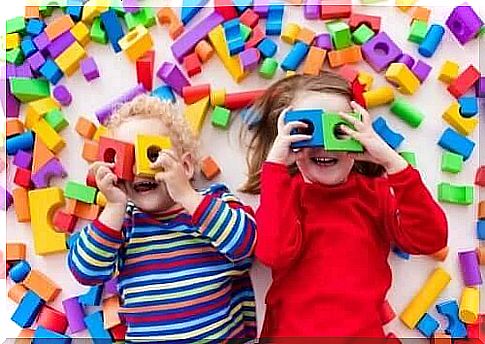
The characteristics of heuristic play
It encourages children to manipulate, observe and explore many different objects and materials as well as interact and discover with their gaze, touch and mouth.
By discovering, the child becomes more aware of the laws of nature (gravity, balance, speed, etc.) and of the properties of objects (dimension, volume, weight, color, texture, etc.).
There are no errors; the actions and relationships that one child builds with the objects will be as correct and adequate as the way another child does. This is because there are endless possibilities. Thus, there is nothing that determines what is right and wrong.
Conflicts during play are eliminated as all the children have enough items and they are not asked to share.
The benefits of this type of play
It is first and foremost important that the children find joy in the materials and in their actions. Here are a number of other benefits of the game:
- It promotes concentration.
- It develops hand and eye coordination.
- The children can coordinate movements with both hands. They can, for example, stack, put together, cover, etc.
- They learn about the cause and effect relationship as well as other concepts (inside / outside and filled / empty).
- They can sort and distinguish between different object categories.
- They are expanding their vocabulary.
- They get a sensory perception of objects.
What does one need?
Here is a list of what you need:
- Various items. It is best if they are natural (wood, cardboard, metal, cork, leather). But you can also use recycled materials. You must have many different and varied items – at least 15 different and 50 of each.
- Dust bags. Here you can store all the same items of each type, which is called collections. On each bag, draw or write what it contains.
- Containers. It is usually baskets, jars or boxes of different sizes to store the items. You will need three or four for each child.
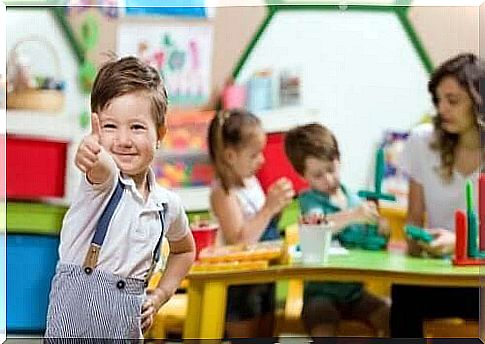
How to organize heuristic play?
A medical session lasts about 50 minutes. This time includes preparation, play and cleanup. There must be a maximum of 8-10 children in each session.
- Preparation. The teacher must prepare the play area. It should be spacious so that the children have the opportunity to move. The area must also promote concentration. Therefore, the instructor must remove games and objects that may cause distractions. The teacher must prepare eight play stations. Each play station must consist of 3-4 containers and 7-8 pieces from each collection.
- Leg. The children are free to explore and manipulate the objects. They have endless possibilities: fill, empty, open, cover, stack, roll, hug…
- Cleanup. The teacher must set aside 15 minutes for the children to clean up the objects. The children, with the help of the teacher, must collect and classify the objects; this is part of the game. The children can thereby develop a larger vocabulary, as the teacher tells the name, the quantity and the place where the objects have been collected.
The role of the teacher
The teacher has the role of facilitator and observer. He or she should pay attention and observe how the children interact with the objects, and he or she should write down the things that they find interesting. The teacher should not encourage, suggest, praise or direct.
If at any time they see that the objects are too scattered around the play area, they should put them back in silence to avoid distracting the children. They should only interfere if one of the children starts throwing things and disturbing the others. In this case, it is best to offer the child a container and encourage them to put the items in them.
